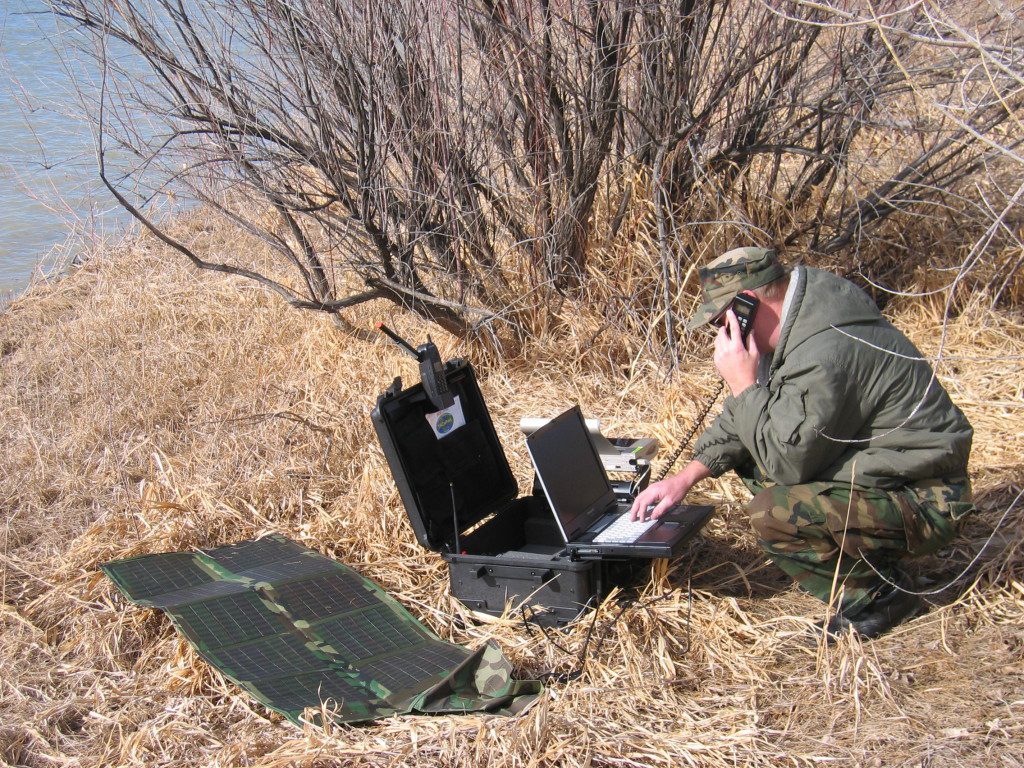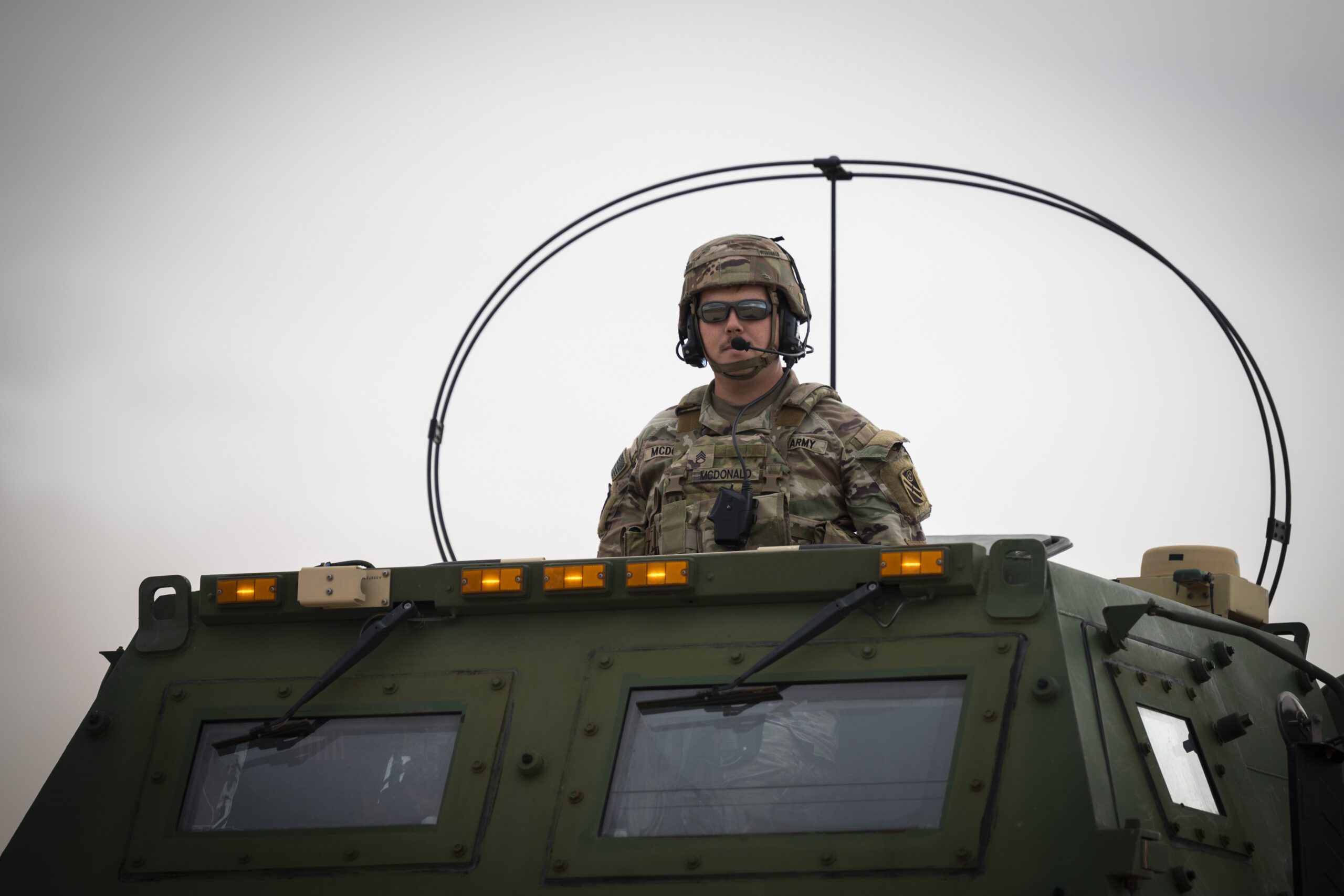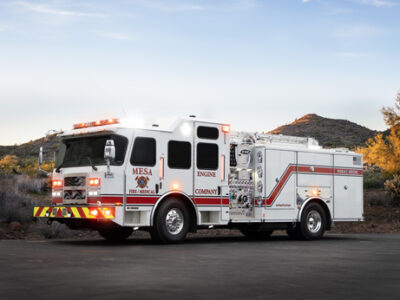Advantages Found In Operations, Lowered Carbon Footprint
The many benefits of renewable energy are widely discussed in the media. Getting our power from solar panels and wind turbines instead of oil wells and coal mines is currently the viable way we know that will allow society to avoid the consequences of global warming. Finding sustainable alternatives is especially crucial for the American military, which uses more energy annually than any other organization worldwide.
For the U.S. Department of Defense, converting to clean sources is a no-brainer, but the benefits don’t stop at the prospect of a lowered carbon footprint. From standard day-to-day operations on the homefront to high-risk covert missions overseas, the nation’s armed forces have discovered quite a few scenarios where renewables offer a legitimate practical advantage over traditional energy sources.
In many respects, the hot and arid climate of Afghanistan has proven to be a unique battleground for the thousands of Americans who have served tours there in the last two decades. As with any well-funded military, our nation’s troops are often equipped with auxiliary equipment like radios or GPS units. One drawback of relying on these high-tech tools is their battery usage. Their perceived advantages don’t exactly amount to much once the soldiers within the unit find themselves without a power source.

This issue is quickly becoming a thing of the past, thanks to the U.S. Army Research, Development, and Engineering Command.
The division has since been deploying the Rucksack Enhanced Portable Power System (REPPS), a portable solar power unit containing a 62-watt foldable panel blanket.
Through innovations like the REPPS, the region’s famously hot sun is becoming more of an asset than a liability.
Sustainability can offer just as many tactical advantages on the open sea as in desert climates. In recent years, the U.S. Navy has been looking for new ways to develop and manufacture mission-ready ships. It has been particularly eyeing those capable of holding its own in anti-submarine warfare (ASW) while also being effective at air and missile defense (AAW) and surface warfare (SUW) deployments. In this search, ships built with hybrid electric drive (HED) engines have emerged as a contender.

The nature of HED ships brings numerous benefits for submarine combat and missile defense missions specifically. During submarine combat, above-water ships are generally best suited for slow, consistent movement for long periods. Their silence is a major factor.
Not only is a quieter ship a harder target of detection for enemy submarines, but it also makes enemy vessels easier to find because they sound louder by comparison. Hybrid drives would allow ships to move in near-total silence, decoupled from the ship’s gearbox and main engines.
This sonic difference is just as true on land as on water. Gasoline-powered generators have been an enormously impactful tool in the advancement of technology since their invention. However, they are undeniably loud. So, the prospect of silent electric batteries is an enticing idea for a military well on its way to considering replacements for its 200,000 existing tactical land vehicles.
“We’re really in that learning phase right now … of what is in the realm of possible relative to commercial industry and where they’ve taken electrification, and how can electrification fill a military requirement,” said Mike Sprang, project manager at the joint program office for joint light tactical vehicles. “ … We’re excited for where electrification can take us.”





